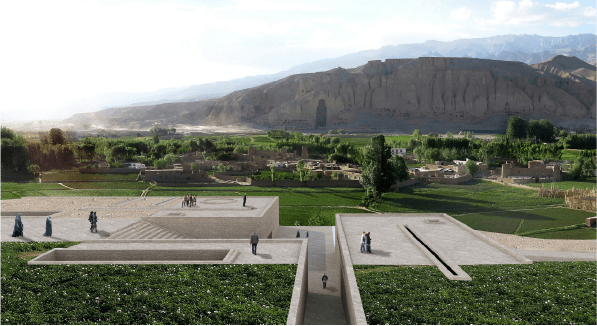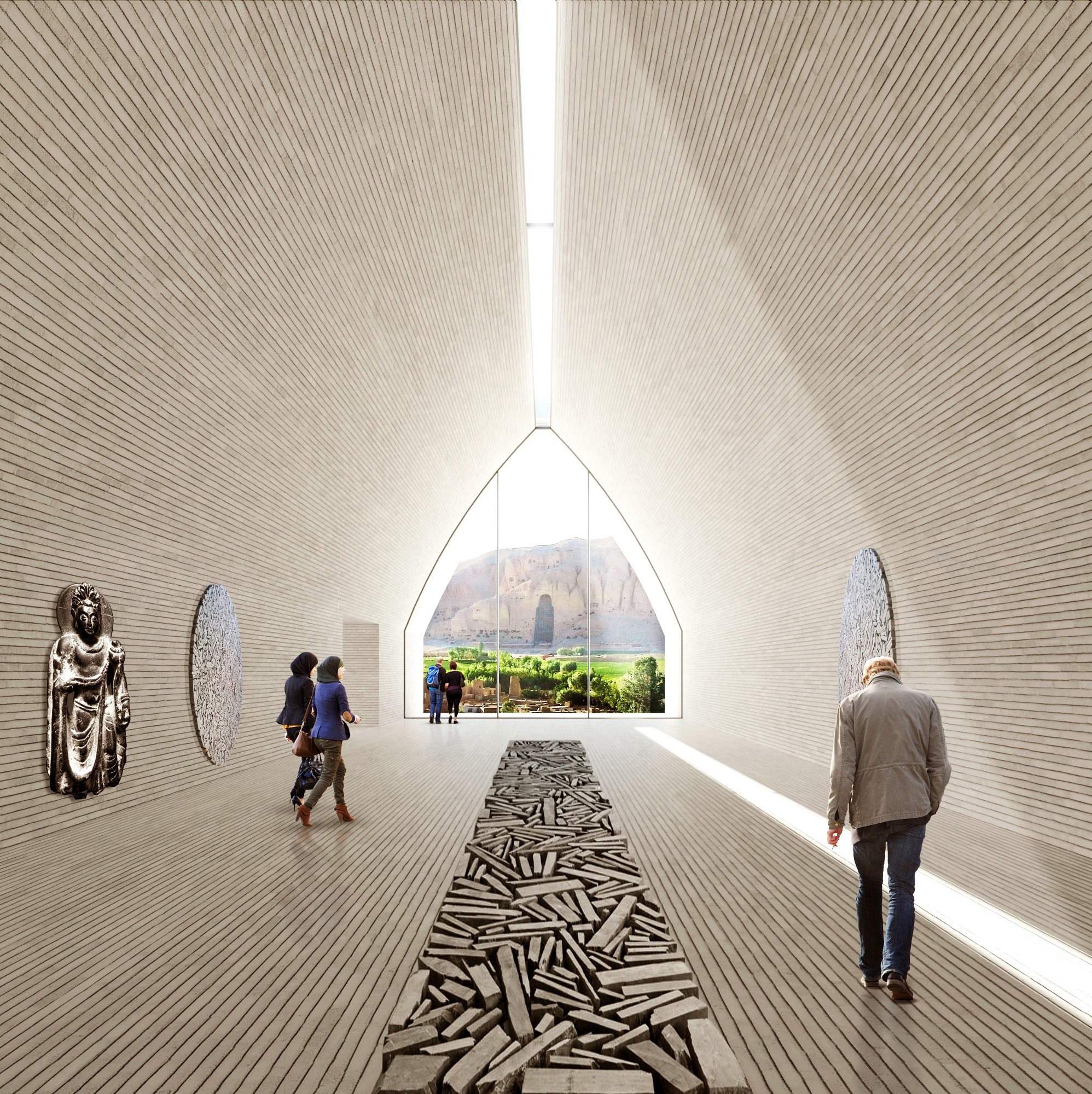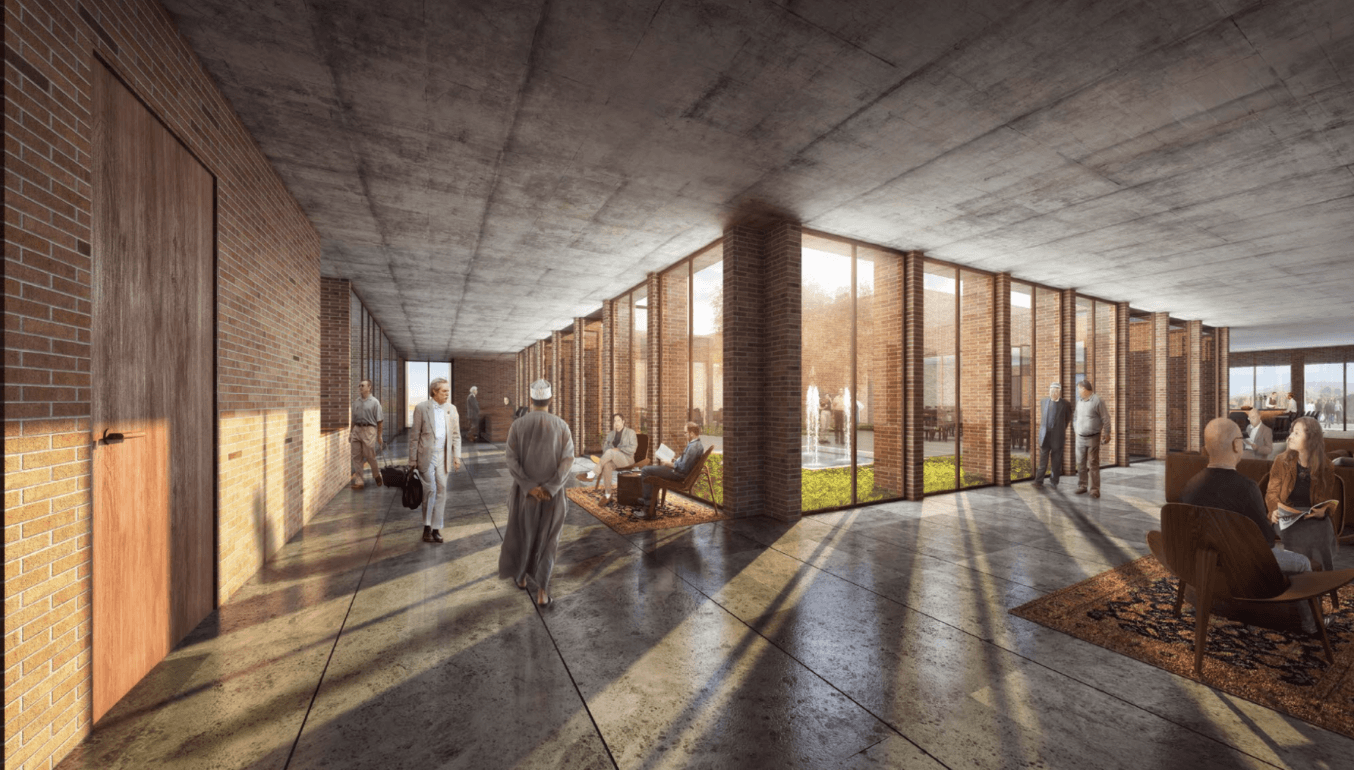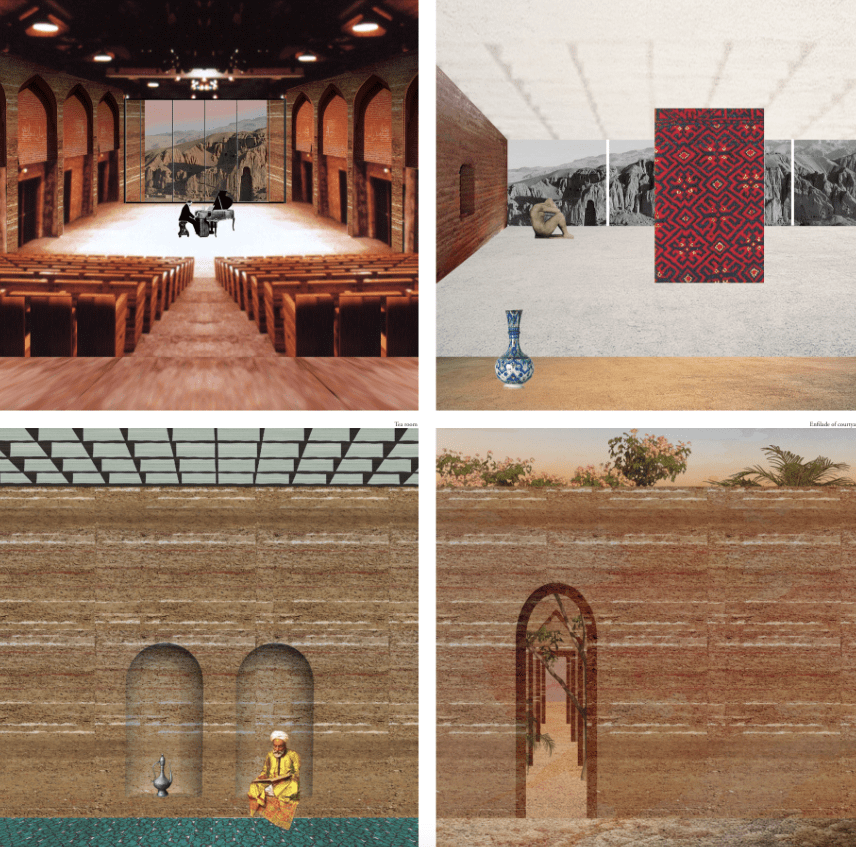UNESCO, with the collaboration of the Government of Afghanistan, organised an international open competition in 2014 for the design of the Bamiyan Cultural Centre.
The realisation of this project on one of the most prominent sites overlooking the Buddha Cliffs was made possible by the support of the Bamiyan Governor and Mayor, the Ministry of Information and Culture, the Ministry of Agriculture and the people of Bamiyan. This project is located near the UNESCO World Heritage property of Bamiyan, which has outstanding universal value.
FOLLOW UP
This competition was completed in 2021.
Keywords :
Cultural rehabilitation, Culture, Heritage
Theme and objectives
The competition sought to reinforce culture and history as the base of Afghan unity, while celebrating the cultural sensitivities of the diverse ethnic groups. The Bamiyan Cultural Centre is intended to be a place of reconciliation, of peace building and of economic development in Afghanistan. The Centre will be a space for exchanges of ideas and knowledge and a dynamic gathering place for communities to honour past traditions and to plan for the future.
Certain problems in Afghanistan are exacerbated by the geographical isolation of some provinces, along with limited access to infrastructure and resources that affects many communities. In the framework of the rehabilitation process in Afghanistan, the competition sought to address these issues to encourage the unification of the nation around the common objective of creating a society free from conflict where ethnic diversity would be recognised for its social, cultural and economic benefits, rather than seen as a hindrance. Part of the solution lay in promoting positive public discourse and cross-cultural understanding. Cross-cultural understanding and awareness would contribute to the broader goals of reconciliation, peace-building and economic development in Afghanistan.
The design of the Bamiyan Cultural Centre was created to foster national unity and cultural identity while encouraging heritage conservation and contributing to reconciliation, peace-building and economic development in Afghanistan. The design also evoked the physical and historical landscape of Bamiyan, bearing witness to the loss of a significant part of Central Asian heritage.
Eligibility
The competition invited registered architects, engineers, designers and students to develop and submit a proposal for the Cultural Centre in Bamiyan, either as individuals, companies or as joint ventures. One team member had to be a registered architect.





